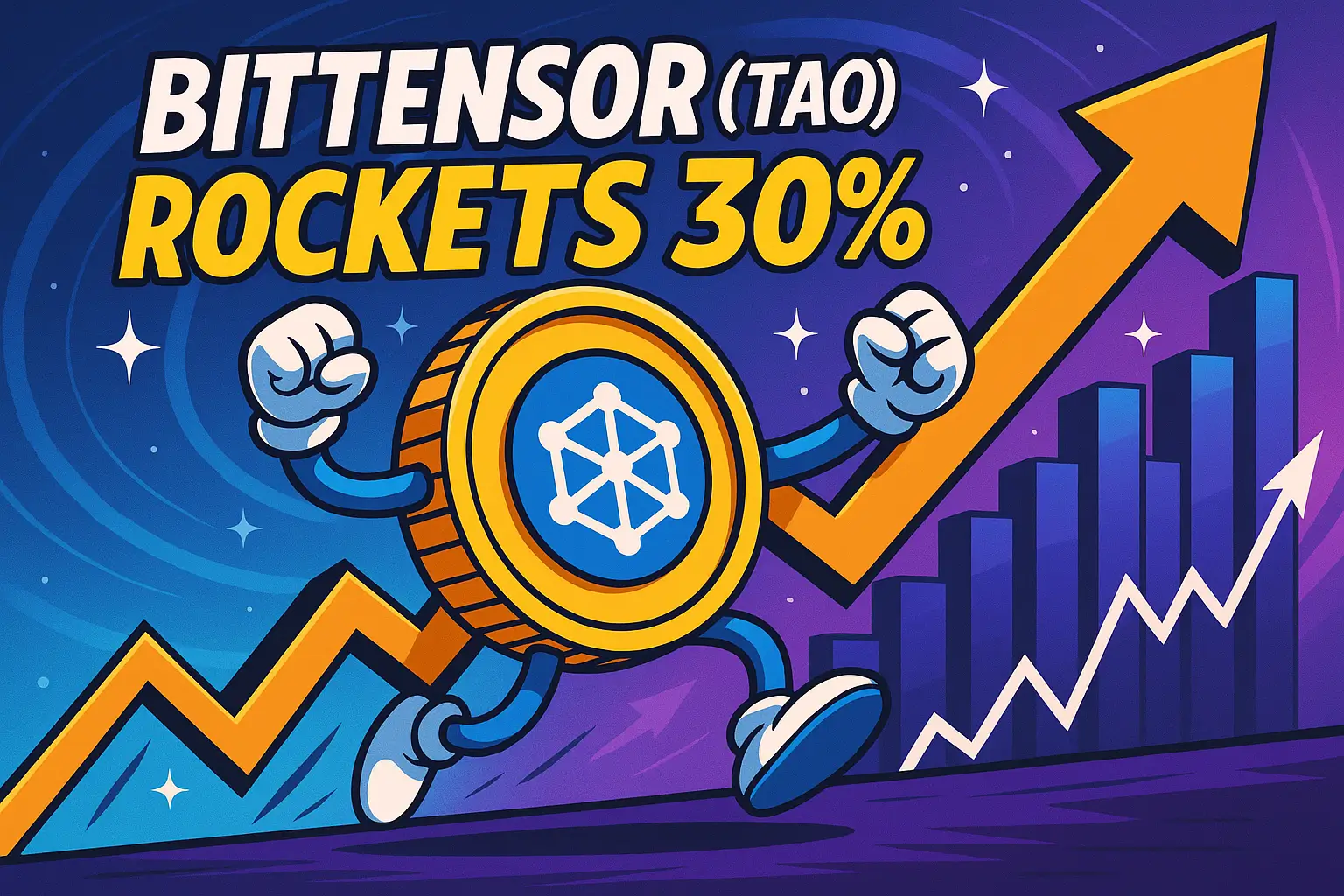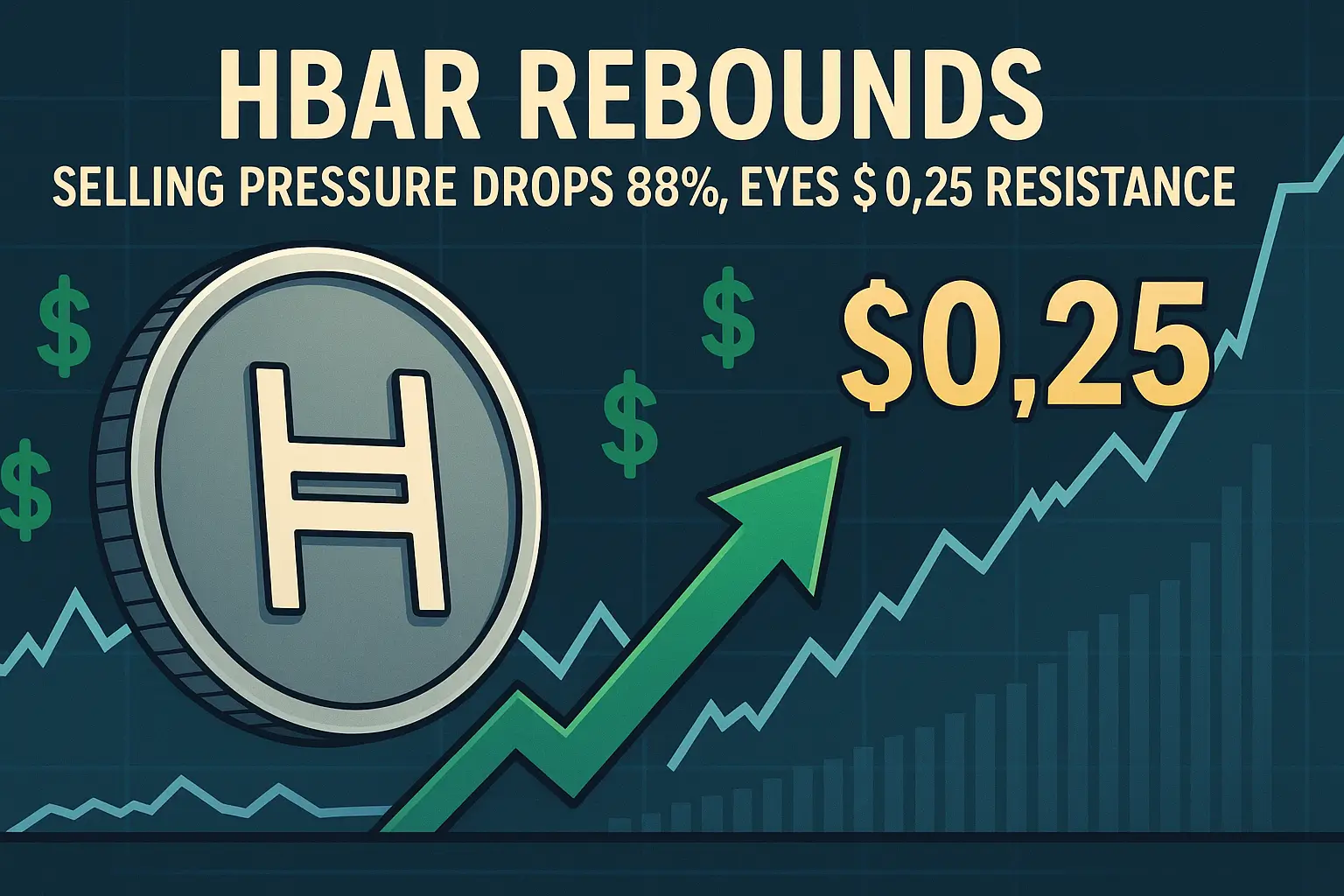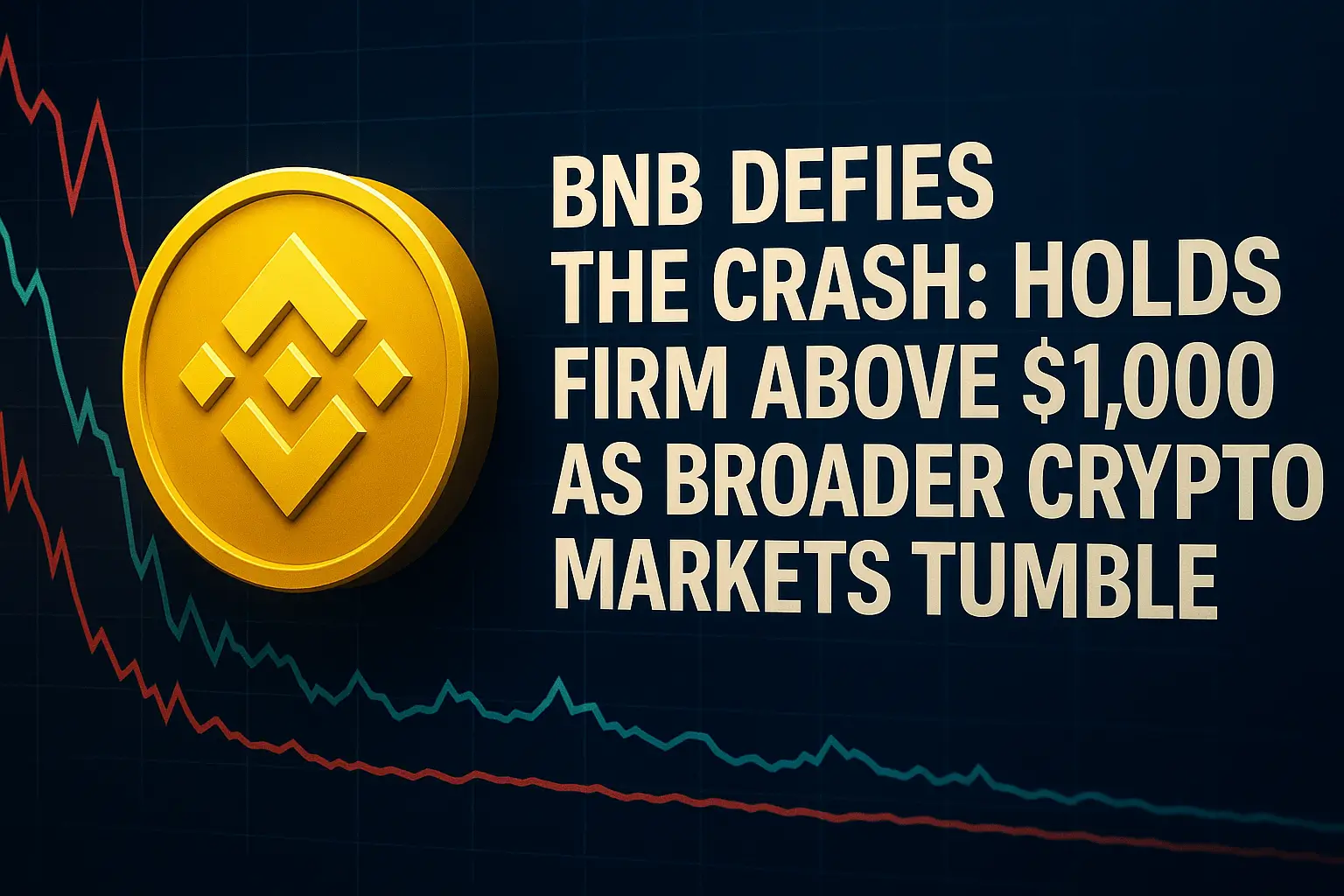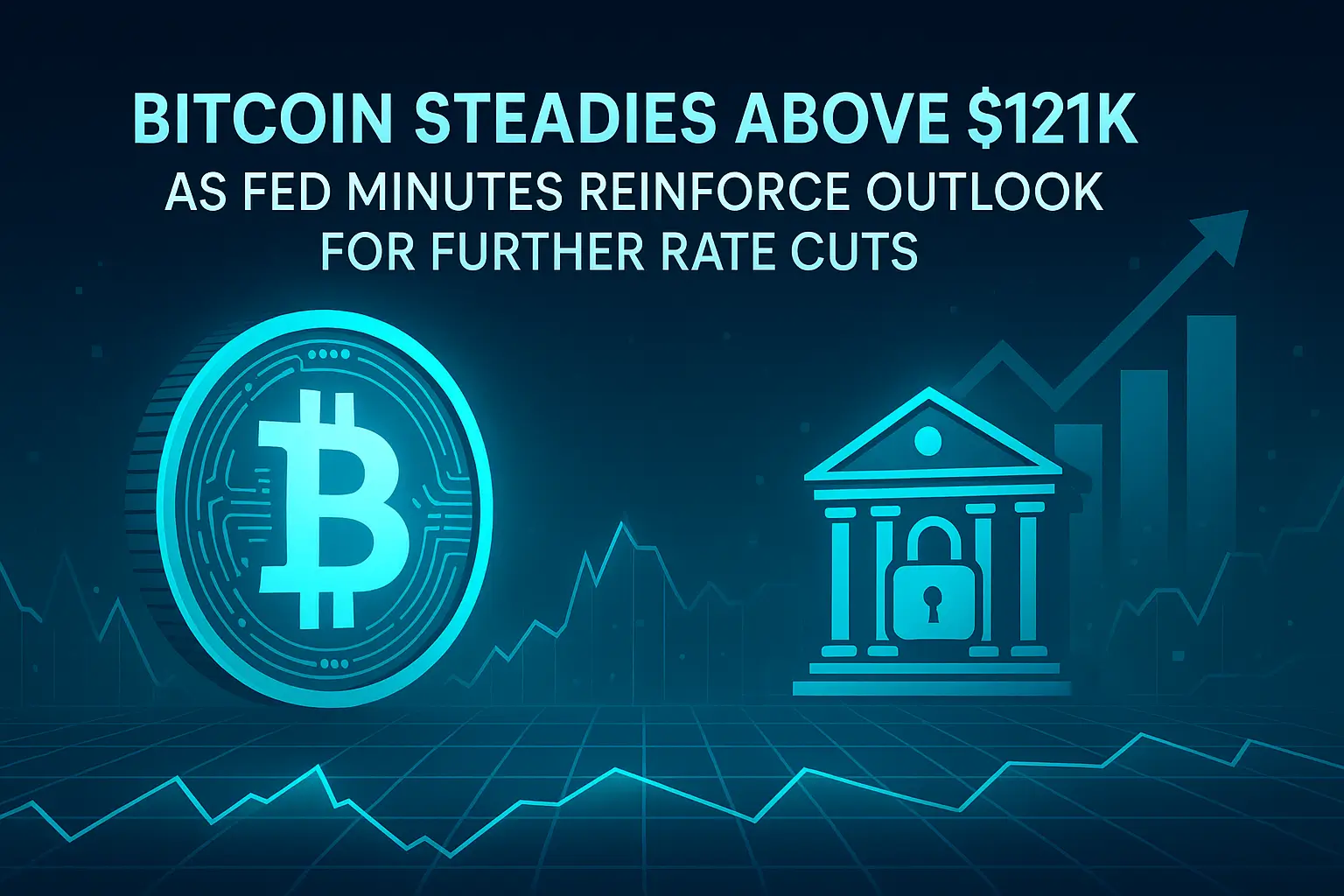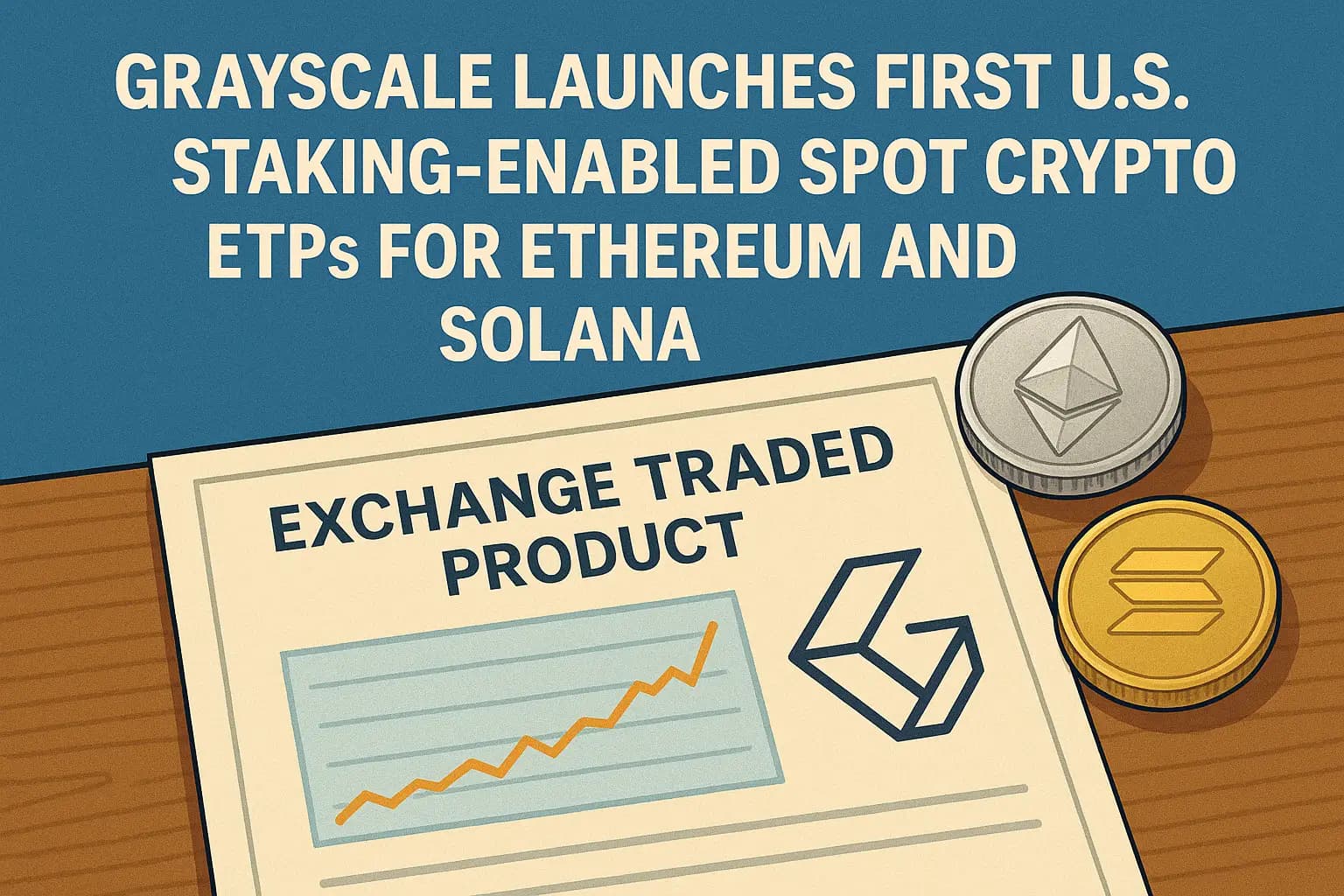XRP dropped under $2.60 after a single 23.9 million XRP transfer, worth roughly $63 million, to Binance coincided with renewed selling pressure that pushed the token lower.
Key Takeaways:
- A 23.9M XRP (~$63M) inflow to Binance corresponded with concentrated selling and a breakdown of near-term support.
- As of 6:30AM UTC, XRP traded at $2.46, a 4% 24-hour drop after peaking $2.65 yesterday, October 13.
- Open interest remains elevated (~$1.36 billion), signaling leverage in the market and risk of fast deleveraging if the $2.55 support fails.
Traders watched closely after on-chain and exchange data showed a single 23.9 million-XRP transfer to Binance on Oct. 14, which CoinDesk reported as coinciding with a wave of selling that erased earlier gains. That inflow, valued at about $63 million at the time, came as XRP was attempting to stabilize after a recent recovery from lower levels. Rather than sparking buy demand, the large deposit appeared to act as distribution, with sell orders outpacing bids near the $2.65–$2.66 zone.

XRP drops to around $2.45 as of writing (8:00AM UTC) amid large Binance transfer. Source: CoinMarketCap
CoinDesk’s market desk noted that volume spiked to roughly 244.6 million XRP at one point, which is nearly three times the short-term average, indicating aggressive institutional buying on dips but also confirming heavy trading activity around the whale movement. Price action saw intraday swings between about $2.54 and $2.66 before momentum tilted back to the downside and bears reclaimed control into early UTC trading, now currently trading around $2.45, according to CoinMarketCap’s real-time market data.
Leverage Pressure Mounts Amid Sharp Open Interest Drop
XRP’s move came against a backdrop of elevated derivatives exposure, though recent activity shows significant deleveraging. XRP futures open interest fell sharply from around $9–$10 billion in late September to roughly $4.5 billion following the Oct. 14 whale transfer to Binance. This decline suggests that traders are reducing leveraged positions amid heightened selling pressure.

XRP’s open interest (USD) sharply fell since from September’s $9-$10B to $4.34B today, October 14. Source: CoinGlass
Technically, traders are focused on the $2.55 area as immediate support and the $2.65–$2.66 zone as resistance. XRP is trading below its 200-day moving average (about $2.63), a sign that near-term momentum remains biased toward sellers. Independent indicator feeds showed the RSI (14) around the low-30s, a level that typically signals oversold conditions but does not guarantee an immediate rebound when leveraged positions are being unwound.
Market participants described the Binance inflow as a likely distribution or rotation move rather than a routine transfer to cold storage. Analysts warn that further large exchange inflows could test $2.55; a decisive break could trigger additional short-term volatility in XRP markets.
XRP Price Update
As of this writing (8:00AM UTC), XRP is trading at approximately $2.45, a 6.55% drop over the past 24 hours after peaking intraday highs near $2.64. The token recorded intraday lows around $2.42.
Volume spikes during the whale flow lifted traded amounts well above recent averages, while RSI (14) readings hovered near 32, indicating weakened momentum. Open interest sat near $1.36 billion, underscoring the elevated leverage in derivatives markets.
Outlook: Can XRP Reclaim the $2.60 Zone?
Short-term direction hinges on whether $2.55 holds. If institutions continue to buy dips and absorb exchange outflows, XRP could attempt to retake $2.65–$2.70 and test the 200-day average near $2.63. Conversely, sustained exchange inflows or an unwind in open interest could push price lower toward the $2.30–$2.40 band. Traders should monitor exchange flows, open interest, and intraday RSI changes closely; with leverage elevated, swings of 10% or more could materialize quickly.
Summary
A 23.9M XRP (~$63M) transfer to Binance overlapped with renewed selling, sending XRP below $2.60. With OI still elevated (~$1.36B) and RSI near 32, holding $2.55 is key; failures risk $2.30–$2.40, while reclaiming $2.65–$2.70 would stabilize near the 200-day average.
